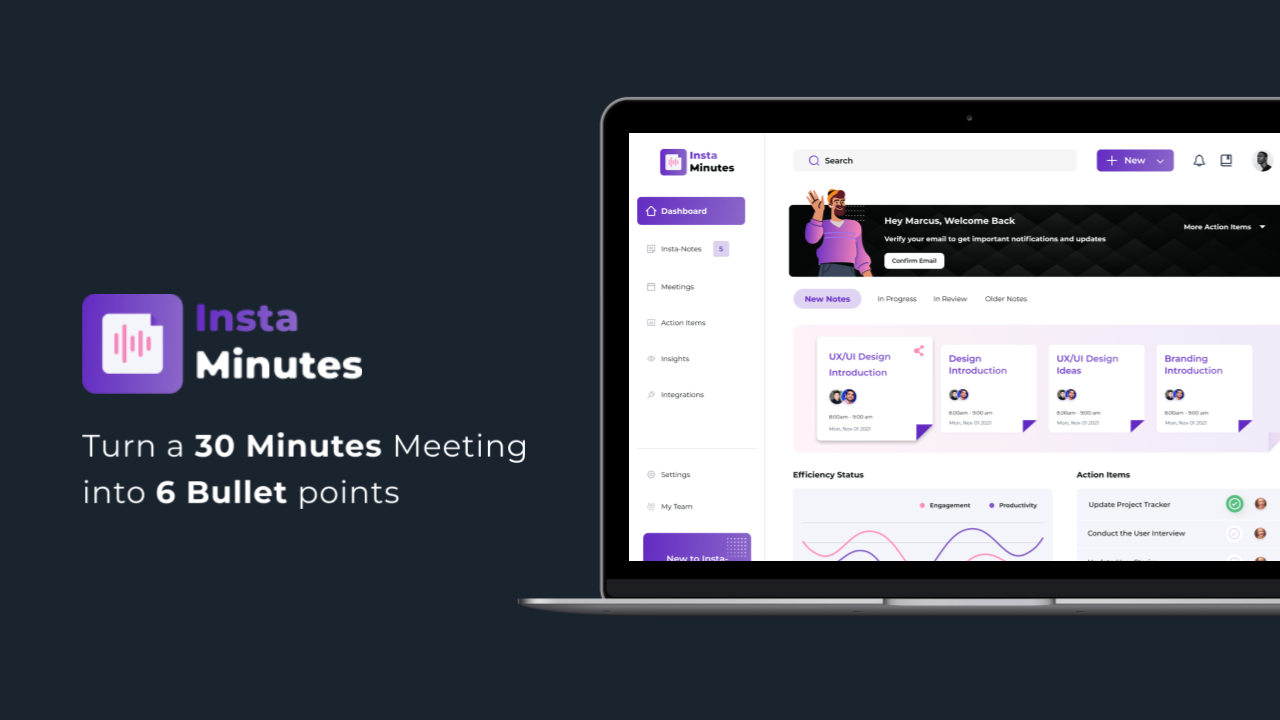The aim of user research is to provide the best possible user experience. But when conducting user research for enterprise software, you need to find the right balance between ensuring a great experience for the end user and meeting the client’s business goals.
Unlike consumer products where the client is a user who chose your product to fill a need or want, enterprise software users most likely didn’t choose to use your product. The client is usually a manager or executive who authorizes the use of the software, while the user is the person who will actually use the software to get their job done.

Thus, there are some important considerations you must keep in mind when conducting user research for enterprise software in order to achieve a healthy balance.
Here are some of them:
Don’t mistake enterprise software buyers for actual users
The buyers and actual users of enterprise software have needs that are not exactly the same.
The company leaders (buyers) are more interested in things like control, compliance, the number of features, how easy it is to implement, etc. The end users, on the other hand, have just one need: to accomplish their tasks efficiently and effectively. If this need is not met, they get frustrated and ultimately abandon your product.
Therefore you need to get in touch with these end-users. If possible, conduct in-context (ethnographic) research. By visiting the users in their actual work environment (office) and observing how they use your product to complete their tasks, you can better empathize with them. This will help you create products that are better suited to their needs.
Prepare an Enterprise UX Research Plan
In the same way that traveling without a compass may lead you to unintended destinations, conducting research without a plan will lead to poor outcomes. In addition to setting expectations, a solid UX research plan also documents the essentials for communicating with stakeholders and clients.
It includes the following:
Background:
This section should offer your clients and stakeholders a short explanation of why you are creating the research plan, and what you hope to accomplish. It should also include a problem statement, which describes the main question your research attempts to answer.
Research plan objectives:
This step outlines the reasons you are conducting the research in the first place. Here, you answer questions like, “why are you carrying out the research?” and “what end goals do you plan to achieve?”
UX plan methodology:
Keep a short description of the methods you will use to answer the research objectives.
UX research plan participant profiles:
Here, you outline the participants you will need to get the insights you require. This will help to optimize recruiting efforts as it gives you a clear idea of who you want to recruit and the approximate number of users.
User research plan timeline:
Including a timeline that offers clients and stakeholders a general overview of how long the research will take helps set expectations for the final results.
Ensure that both expert and new users are taken into consideration
While pooling your research participants for interviews and user testing, it is essential to have a blend of both new and expert users.
By ensuring this diversity, you will gain useful insights that may have been missed if only people from one end of the spectrum were considered during the research.
Document research insights along the way
During a research session, it can be hard to capture all the insights and information obtained, especially if just one team member is conducting the research. So it is advisable to have at least two members conducting user interviews: one to take notes, and the other to ask questions and make observations. Following the research sessions, both team members can sync up on lessons learned to comprehensively analyze their findings. The team members should sync their findings at the earliest possible opportunity—preferably right after the user interview.

It is also helpful to take photos and record videos where possible. Subtle details like a user’s office setting can provide valuable insights for the designers. Just remember to ask for the participant’s permission beforehand.
When conducting research remotely, it can also be useful to capture the screen or record video calls with users or stakeholders. This way, the researcher can focus on the research and return to the recording later.
Conclusion
When conducting user research for enterprise products, you need to remember that the buyers are not the actual users. Thus, your aim should be to improve the user experience and maximize business value.
By talking to the actual users and watching them work, you’re well on your way to creating successful enterprise software products.









Thanks for sharing the tips, Chinwe.
The article is detailed and very informative on user research.